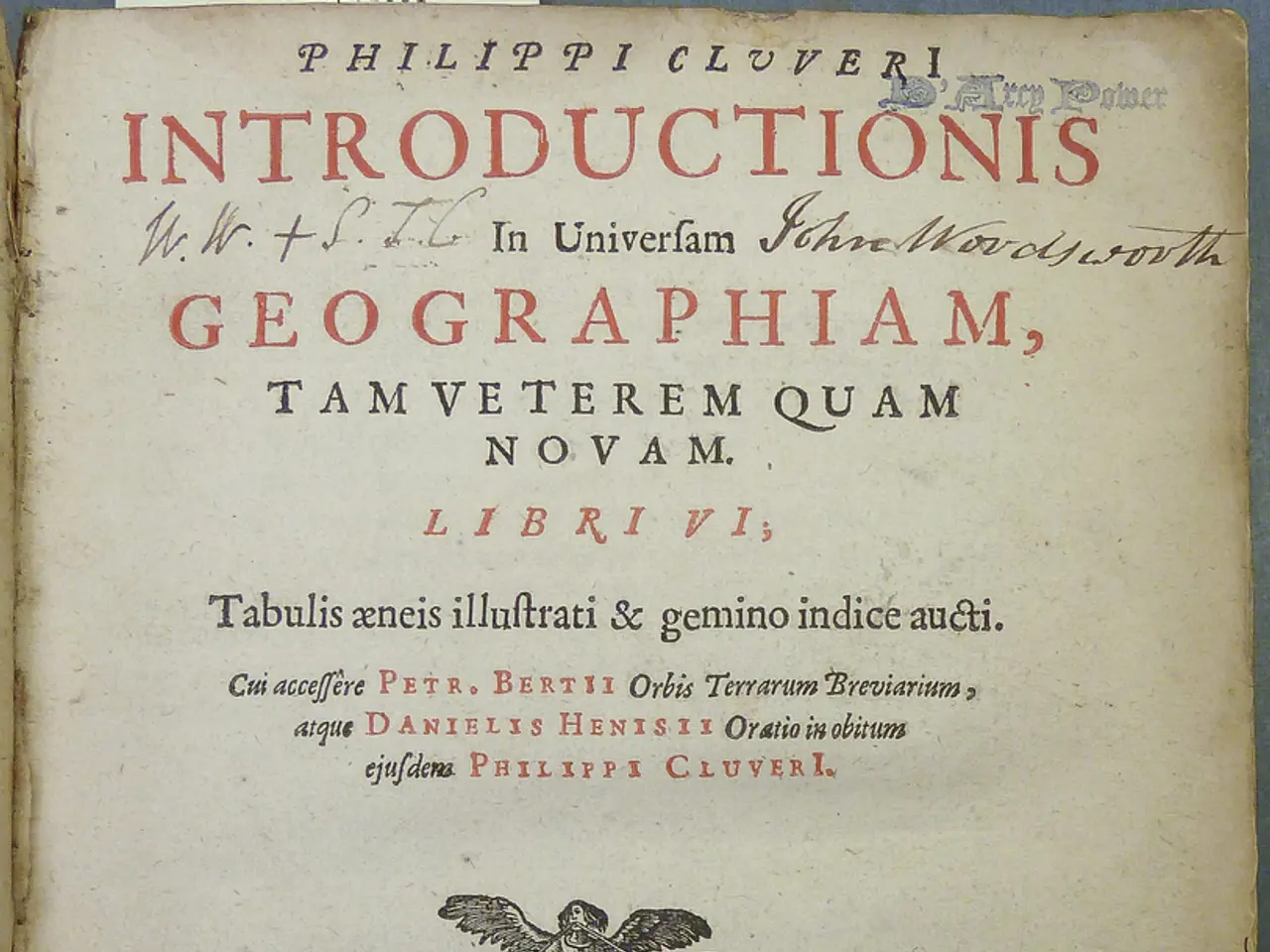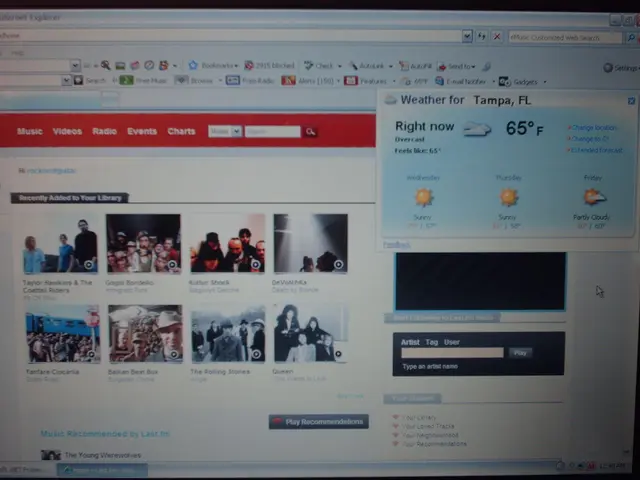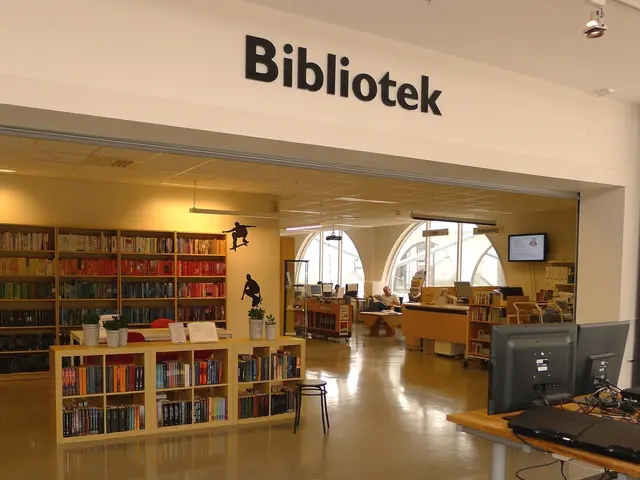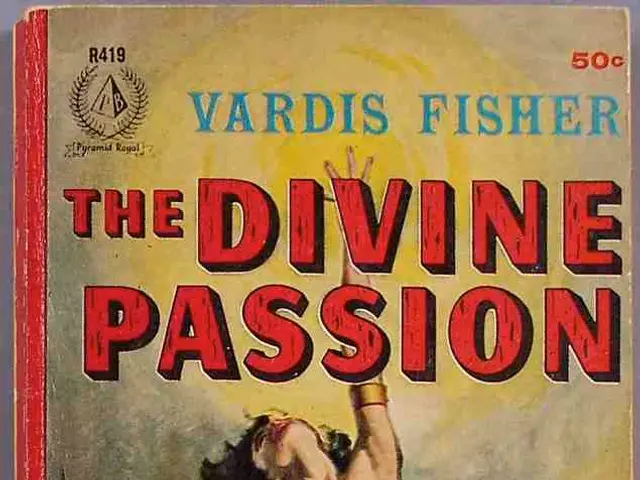Guide to Crafting a Cover Letter: Steps, Models, and Illustrations
In today's competitive job market, a well-crafted cover letter can help your application stand out. This short, personalized document, which you submit alongside your resume, is an opportunity to showcase your unique qualifications and explain why you are a strong fit for the job at hand.
Key Components of a Good Cover Letter
A cover letter typically consists of several key components:
- Header with Contact Information: Include your name, address, phone number, and email address.
- Salutation (Greeting): Address the reader by name if possible, or use a role or department title if the name is unknown. Avoid outdated or impersonal greetings.
- Opening Paragraph: Start with enthusiasm and confidence, naming the position you are applying for and referencing the source of the job opening. Highlight a relevant skill or achievement right away.
- Body Paragraph(s): Focus on quantifiable achievements or detailed examples, avoiding vague or generic claims. Show that you understand the company's mission, industry focus, or academic research direction.
- Closing Paragraph: Reaffirm your interest and include a clear call to action, such as inviting the reader to contact you for an interview.
- Professional Sign-Off: Use a professional sign-off, such as "Sincerely" or "Yours faithfully."
Finding Examples and Templates
To learn how to craft an effective cover letter, you can explore various online resources that offer examples tailored to different jobs and industries. Here are some top methods and sources:
JobHero
JobHero offers over 900 professional cover letter examples across many job types and industries, including engineering, medical fields, public service, and HR roles. You can browse specific examples such as Biomedical Engineer, Medical Coder, City Manager, and many more, along with industry-specific letters like Administrative, Agriculture, Architecture, and others.
Zety
Zety provides creative and professional cover letter templates with actionable examples that fit various industries. Their templates are ATS-friendly (Applicant Tracking System) and designed to complement your resume, enhancing overall presentation.
MyPerfectResume
MyPerfectResume features expert-written cover letter examples for many specific positions, covering both common roles and unique situations like career changes, employment gaps, or internal applications.
Management Consulted
For specialized fields like consulting, Management Consulted offers ultimate guides and example consulting cover letters tailored to make strong impressions with recruiters.
Creative Lives In Progress
Sites like Creative Lives In Progress provide practical tips and examples focusing on how to present particular skills effectively in cover letters from a personal storytelling perspective.
Using these resources, you can view diverse cover letter examples, learning how to highlight your unique qualifications and tailor your letter to specific job requirements. Remember to use examples strictly as guides—you should customize your letter to your own experience and the job description to demonstrate a genuine fit.
Many of these sites also offer cover letter builders or templates you can fill in online to simplify the process while ensuring professional formatting and wording.
Avoiding Common Mistakes
To ensure your cover letter makes a positive impression, avoid common mistakes such as writing a generic letter, using an incorrect salutation, repeating the resume, being too vague or overly formal, using buzzwords without meaning, poor formatting or length, forgetting a call to action, and using the wrong file type or name.
Different Types of Cover Letters
There are several types of cover letters, each serving a different purpose:
- Job Application Cover Letter: This is the most common type, used when applying for a specific job opening.
- Prospecting Cover Letter: This type is used when you are reaching out to a company that does not have any current job openings, but you are interested in working for them.
- Referral Cover Letter: This type is used when someone has referred you for a job, and you are writing to introduce yourself to the hiring manager.
- Academic Cover Letter: This type is used when applying for academic positions, such as research fellowships or faculty positions.
Acquiring the Skill
By learning from examples and templates, customizing your cover letter to the job description, and demonstrating your value, you can craft a compelling cover letter that helps your application stand out and increases your chances of landing your dream job.
In the realm of education-and-self-development, obtaining writing support is key to mastering academic writing and academic translation, ensuring submission readiness for academic positions. Language editing services can help polish your work, promoting personal-growth and career-development opportunities. Exploring resources like JobHero, Zety, MyPerfectResume, Management Consulted, and Creative Lives In Progress, you can learn effective strategies for writing various types of cover letters, including job application, prospecting, referral, and academic cover letters. By avoiding common mistakes and presenting your unique qualifications, you can increase your chances of standout success in your chosen field, contributing to your overall personal-growth and career-development.







